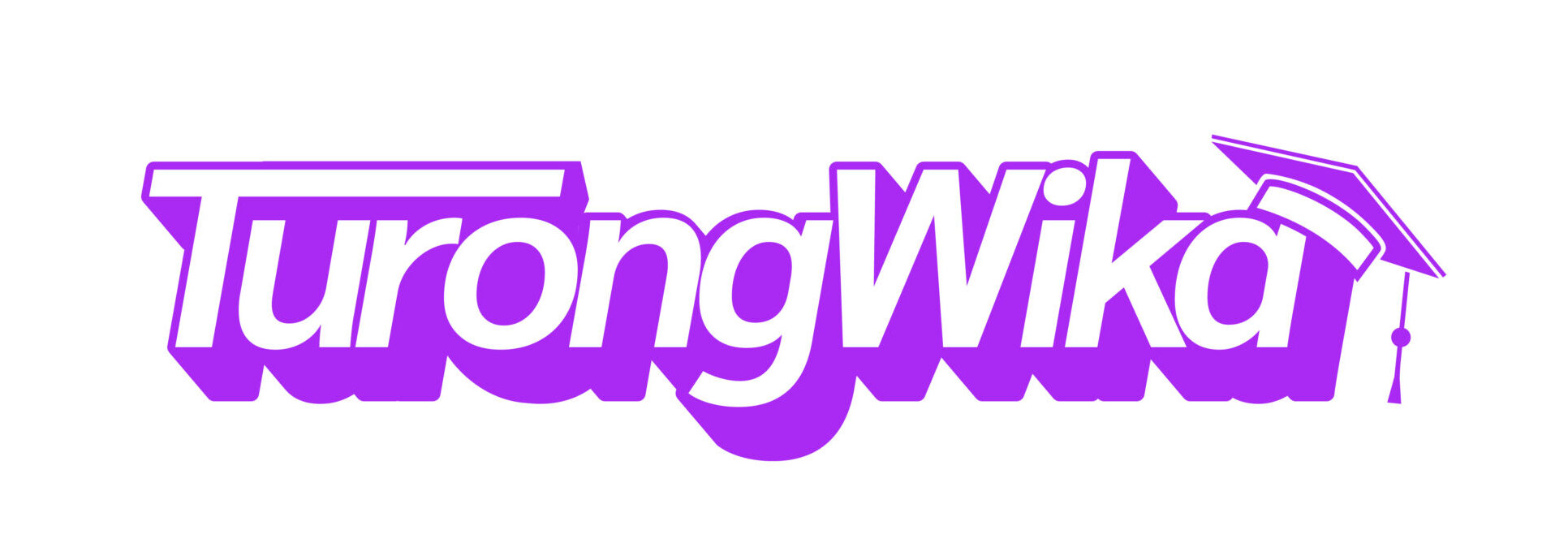Tagalog is a language unique to the Philippines. For those living outside the Philippines who are eager to learn the language, the journey can present unique challenges, primarily due to the limited availability of Tagalog language learning resources.
If you’re one of the people who want to learn Tagalog, well, you’ve come to the right place. Mastering a new language can be a challenging yet incredibly rewarding journey, and having the right resources at your disposal can make all the difference. Below is a compilation of must-use resources for Tagalog learning.

Books
Books are usually the first thing people consult when they want to learn a language. After all, language books are often peer-reviewed and contain the basics, such as the alphabet and grammar.

- This textbook presents a holistic coverage of Tagalog grammar from the alphabet to grammar.
- This includes online audio recordings to further help in your Tagalog learning journey.

- This book contains at least 2500 Tagalog words and phrases along with illustrated practical dialogue.
- This also has free audio recordings made by native speakers, all in the contemporary Manila dialect.

This is a free booklet showing the right way to use common Filipino words like how to use “ng” and “nang”.
- However, the booklet is in Tagalog, making it best suited to learners who need an occasional refresher on their Tagalog knowledge.

Websites
Consulting websites are a great option for people who have no access to Tagalog learning books.

- This is one of the best Tagalog-English dictionaries online.
- Not only does it show the Tagalog translation and definition, but it also provides additional information, such as the word type, how common the word is, the root word, and a number of sample sentences.

- Italki offers one-on-one lessons with language teachers from all around the world. You can choose which certified teacher to take lessons from based on their experience and your budget.
- Besides one-on-one classes, italki also offers group classes.
- Italki has a community where you can interact and practice with fellow learners worldwide.

- LearningTagalog focuses on providing free straightforward lessons in Tagalog.
- This website contains a free course with native-level audio recordings and a grammar section with very detailed lessons.

- All Language Resources has a great collection of Tagalog learning resources.
- This website is a great way to find different ways you can study Tagalog if you aren’t sure where to start.

Apps
Tagalog learning apps are the best option for busy and traveling individuals. You can access the lessons anytime and anywhere, perfect for people on the go.

- Turong Wika is a free app that focuses on teaching conversational Tagalog. The app thoroughly discusses the basics of word and sentence structure using commonly used words and sentences.
- It currently has four units, and each unit has 12 in-depth lessons. From pronouns to verbs to learning directions, Turong Wika has you covered.
- Besides the lessons, Turong Wika has two additional features: Cheat Sheet and Practice. The Cheat Sheet shows you a summary of your finished lessons, making recall easier. Practice, meanwhile, is where you test your knowledge on a variety of topics.

- Ling is a language-learning app that teaches more than 60 languages, including some that are nearly extinct.
- Each lesson is divided into five levels: beginner, intermediate, upper-intermediate, advanced, and expert. Each level has ten modules, each with six groups of activities.
- Ling is dedicated to accuracy, using native speakers for their audio for maximum accuracy. It also has a chatbot feature where you can test what you’ve learned by engaging in a conversation.

- Learn Tagalog Fast is an app that teaches Tagalog and even Taglish, a combination of English and Tagalog that the locals use.
- This app focuses on teaching conversational and practical Tagalog, forgoing grammar and vocabulary.
- It also has an interactive language quiz and a pronunciation test that can evaluate your current Tagalog knowledge.
Where To Look
A lack of resources can really dampen your motivation to learn a language. Frustration and a lack of guidance can chip at that enthusiasm and may even cause you to quit.
But don’t worry—we’ve got you. The books, websites, and apps listed above are among the best resources available, especially for self-learners.
The journey of learning Tagalog doesn’t have to be daunting or frustrating. With the right tools, you can make steady progress and even enjoy the process.
To get started on your Tagalog learning journey right away, why not go with Turong Wika?
Say goodbye to irrelevant lessons and confusing examples. Turong Wika’s use of conversational Tagalog makes it ideal for helping navigate through conversations. This makes it easier for you to apply what you learn directly in your interactions, whether you’re speaking with native Tagalog speakers or practicing with fellow learners.
Additionally, the Cheat Sheet and Practice features are perfect for helping you retain and refresh information. You won’t have to grasp in the dark for information when you need it.
Find sources you can trust. Scan the code below to download the app now!
Find sources you can trust. Click on the button below to download the app now!






